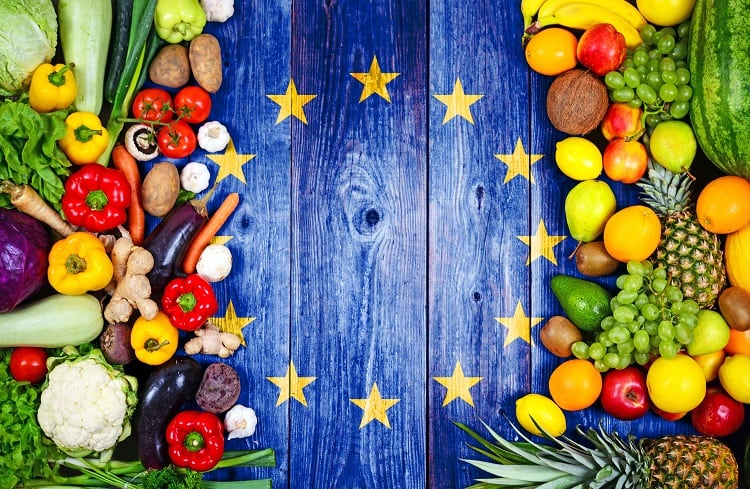The European food and beverage industry boasts an annual turnover of €1.19bn, according to 2017 figures, making it the largest manufacturing sector in the bloc. This figure – which represents the accumulated turnover of 294,000 companies at last count – represents an increase of 6.7% from 2016 figures.
Overall, the sector is looking strong, suggests data from European food sector body FoodDrinkEurope (FDE), which has highlighted fresh statistics covering employment, technology, and trade in its 2019 report.
‘Stable, resilient and robust’
According to the report, the European food and beverage industry invested €40.1bn in 2016, marking the highest capital spending amongst all industries in the EU. “The industry maintains the characteristics of a stable, resilient and robust sector,” noted the trade group.
The industry is also the leading employer, with 4.72m employees on its books. This figure is slightly down (-0.2%) from employee levels in 2016. The total number of businesses in the industry has also declined, from 295,000 companies to 294,000.

According to the trade group, the EU food and drink industry is a ‘key job provider’ and a ‘stable employer’ compared to other manufacturing sectors: “A food and drink company employs on average 16 persons, i.e. two more than the average manufacturing company.”
Turning to the sector’s small and medium-sized enterprises (SMEs), the report revealed that such companies generate close to 50% of the food and drink industry turnover. Further, SMEs provide two thirds of jobs in the sector: “The food and drink industry accounts for more than 290,000 SMEs.”

Digitalisation and robots
Technology and digitalisation is a key focus of the report. FDE’s findings suggest that 88% of food companies are ‘fully aware’ of new prospects available through digital transformation of the industry, and 59% have the necessary skills harness such transformation.
However, the integration of digital technologies can prove costly. Despite requiring a ‘significant investment’, 58% of companies have leaned on new technologies to improve products and services. Seventy-four percent did so to improve production processes.
Further, of the food companies that have seen concrete results from the adoption of digital technologies, 24% reported an increase in employee numbers. Over one-quarter (27%) of firms have appointed a chief digital officer.
The use of robots is one example of companies pushing technological boundaries. There are reportedly 30,000 robots being used by the EU food and drink industry, with robot sales having increased by 52% between 2013 and 2017.
“Robotics is becoming common practice in the food and drink industry, all along the production line,” suggests the report. While Germany and Italy account for 45% of European food robots, the report reveals that robot density is highest in Sweden, Denmark, the Netherlands, and Italy.

Trade
Focusing on intra- and extra-EU trade, FDE noted that within the Single Market, the food and drink sector is responsible for €277bn in intra-EU exports. Indeed, approximately three-quarters of EU food and drink exports are destined for the Single Market.
“More than 50% of the Dutch and Belgian food and drink industry turnover is generated by exports to other EU Member States,” noted FDE, adding that the EU drinks sector exports just as much to the Single Market as it does to third countries. In other sectors, the value of intra-EU exports exceeds extra-EU exports.
Looking abroad, more than one-quarter of Member States’ food and drink offerings were sold to third countries in 2017. Between 2009 and 2018, extra-EU exports increased on average by 7% per year, with significant increases observed towards Ukraine, Singapore, Egypt, Libya, Israel, Brazil and India.
Turning to product categories, the leading EU exports are acknowledged as spirits, mineral waters and soft drinks, bakery and farinaceous products, whereas the EU is predominantly importing food preparations, beer and animal feeds.




